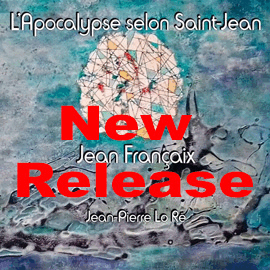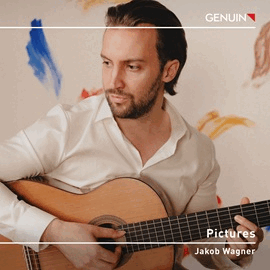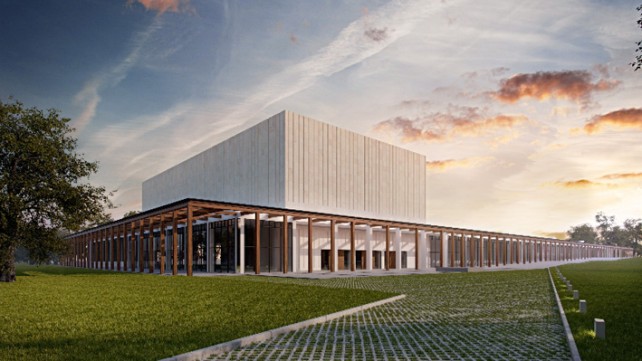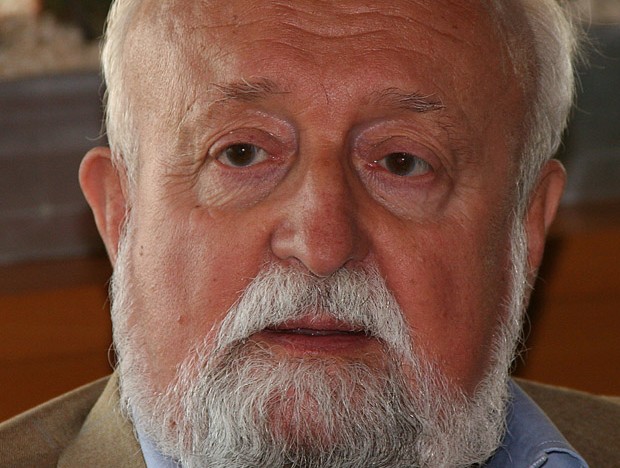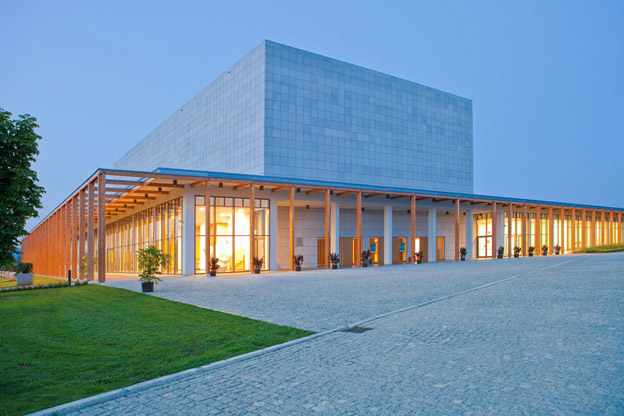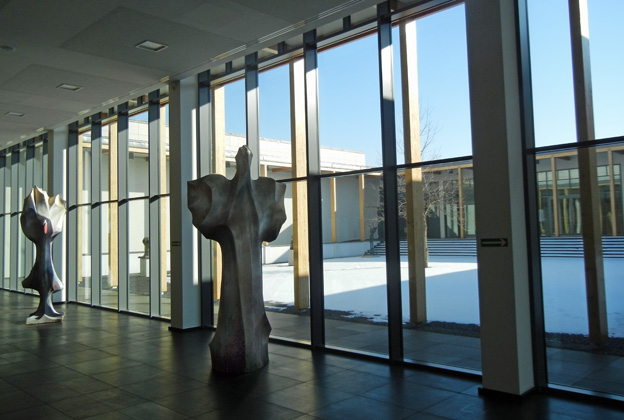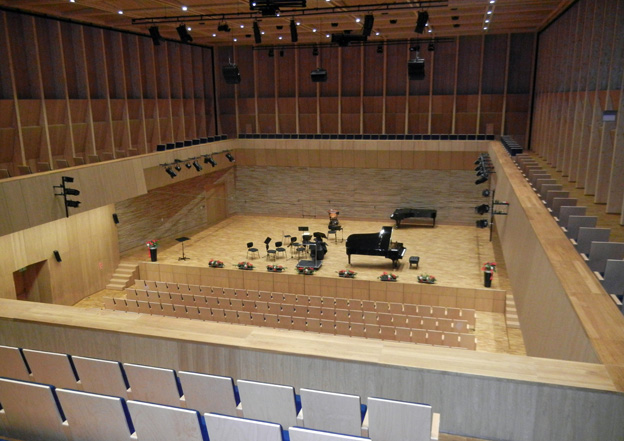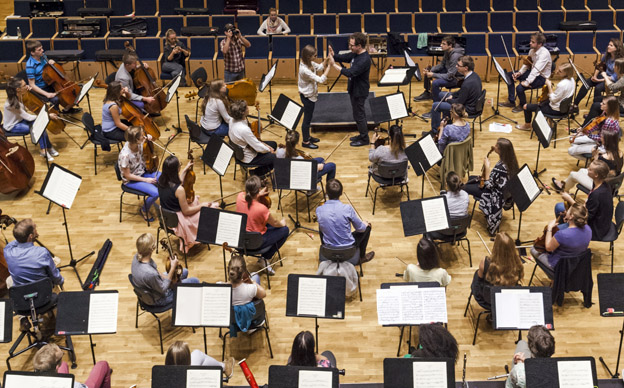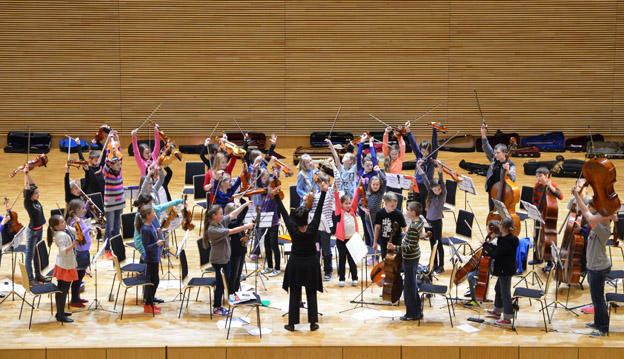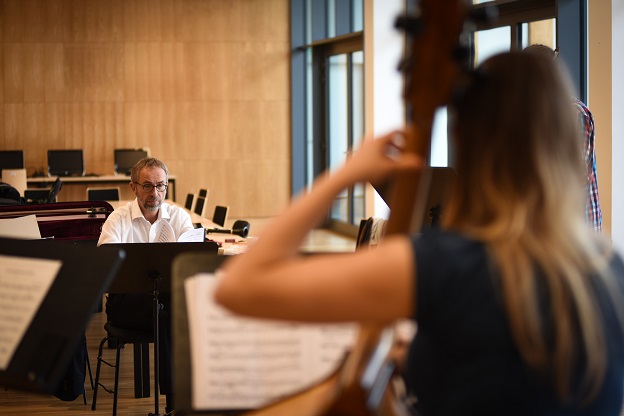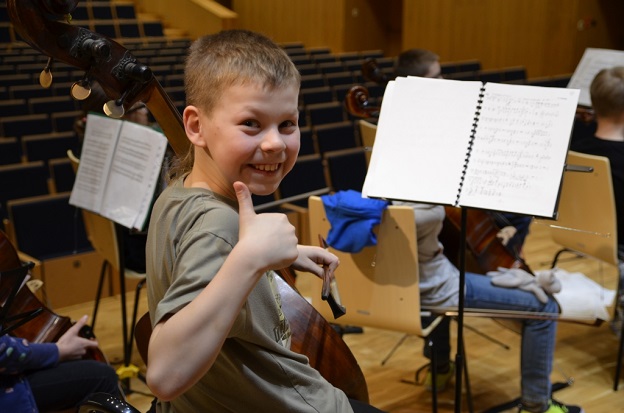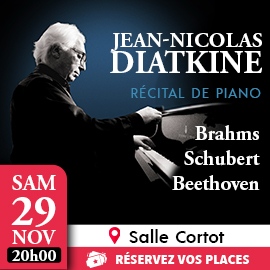“No artistic creativity can survive without roots », Penderecki says. « Let’s look at a tree: it teaches us that a work of art must take roots in two things – the ground and the sky – and that the most sublimate and fundamental values are always the key. »
Krzysztof Penderecki’s first ideas about the centre go as far back as the early eighties of the last century. They became more concrete in 2001 with the creation of the Penderecki Academy Association. In 2005, the then Minister of Culture, Waldemar Dabrowski, supported the composer’s idea, and in September 2005, an agreement was signed between the Ministry of Culture and the association.
It took another six years, before construction works started in August 2011. The project had meanwhile been co-funded by the European Union with the finances of the European Regional Development Fund, Malopolska Voivodeship and The Krzysztof Penderecki Academy Association.
THE BUILDING
The building includes a 650-seat concert hall, rooms for didactic use (rehearsal rooms, studios, a library, and a recording studio), technical purposes, a canteen and 60 rooms with, in total, 100 beds for the accommodation of students, musicians and teachers.
The investment nearly reached 65 million Zloty (about €15.5 million). 50 million of the total sum was provided by the European Union, as part of the Infrastructure and Environment operational programme. The remaining funding came from the Malopolska Voivodship, the Polish state budget and the Krzysztof Penderecki Academy Association, with each contributing 5 million Zloty.
The architectural project of the Cebtre is stunning. In a region where the largest buildings are monasteries, the architects seem to have realized a contemporary interpretation of cloister galleries. At the same time, the columns around the building make a reference to styles of Polish manor houses like the one which is owned by the Penderecki family.
The result is a contemporary, timeless building well fitting in its surroundings, but also vast in its own way. One commentator named it an « abstract cubiform shrine erected purely to art ».
The official inauguration took place in May 2013, with, on stage, the Apollon Musagète Quartet, the Silesian Camarata as well as Anne-Sophie Mutter and the Mutter’s Virtuosi orchestra.
For Krzysztof Penderecki, a dream had become true. And this dream connected with Luslawice’s past. In the 16th and 17th centuries the thought of the Arians, also known as Polish Brethren or Polish Brothers, with their central ideas of tolerance and community, radiated to the whole world from Luslawice, where their school had been founded. The Polish Brethren were members of the Minor Reformed Church of Poland that existed from 1565 to 1658. Their Luslawice School was modelled on contemporary academia and provided education in the field of theology, metaphysics, logic, dialectic, anatomy and physics. It also prepared its students for the difficult art of religious dispute, and, in the field of music, to the communal singing of chants and psalms. Vice versa, the Penderecki Centre, though emphasizing the music education, also offers scientific education to the students.
THE CONCERT HALL
The Centre’s concert hall can seat an audience of 650. With 200 square meters, the stage is big enough to take a full symphony orchestra. There is also a moving orchestra pit in case the Centre stages an opera or a ballet. Moreover, the auditorium is fully equipped for conferences, symposiums, and meetings.
It is designed like a classical shoebox hall with more than 9,000 m³ and fully respects the fact that there is a variety of music to be performed – from chamber music to works for orchestra and choir. Well insulated against external noise, the hall surprises by the naturalness and the warmth of the produced sound and gives also good results for recordings. A number of CD productions, notably from the Polish label Dux, already took place in Luslawice. They often are connected with public concerts which enrich the musical life of the region. In a radius of 30 kilometres the musical offer is low, says Adam Balas, the Centre’s General Manager, but over 200.000 people live there. That explains the huge success of the concerts. According to the main sponsor’s wishes, the EU Regional fund, the concerts have to be offered for free to the population during the first five years. Nevertheless, the centre has an online reservation system and, according to Mr. Balas, all the tickets available for reservation are gone within minutes after the website shop opens. Most of the concerts are sold out.
ACTIVITIES
Educational programmes, courses, and artistic workshops are of course the main activity of the centre, and so, all the year round, the centre is hosting young musicians during the winter and the summer academies. They are offered really outstanding conditions in the very modern large and welcoming campus. The entire complex is furnished with the latest technical infrastructure, and the students as well as the professors simply love it. The teachers come from Poland and other countries, so for instance, during the Summer Academy, the Berlin Philharmonic’s Scharoun Ensemble is holding master classes in Luslawice.
The Centre also has hosted the Santander Youth Orchestra for several rehearsal periods, and it has an own orchestra, the Luslawice Talent Orchestra for kids from 8 to 12.
This impressing program is done with a rather moderate budget of four million Zlotys, coming from the Ministry of Culture, the Region and as well as private sponsors.
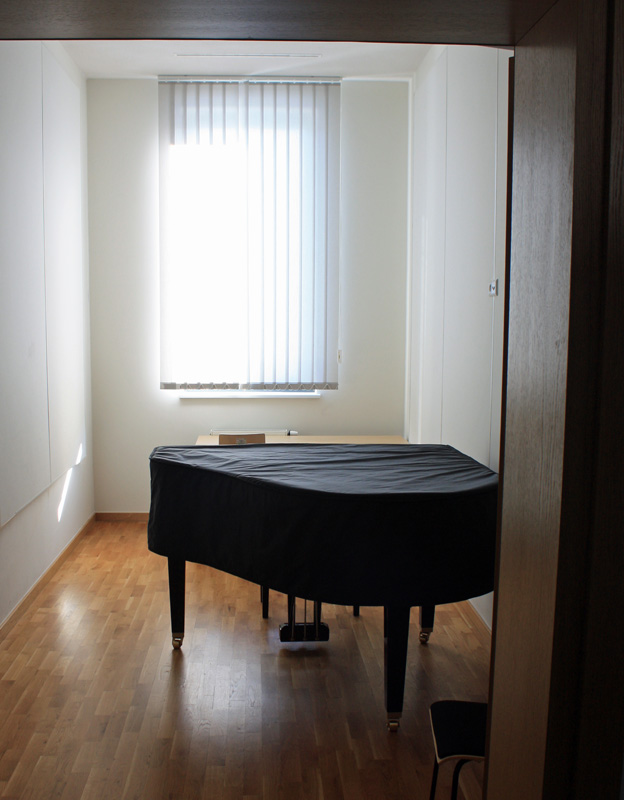
Over a dozen fully equipped practising rooms are available for individual teaching
(c) Martin Hoffmeister
No wonder that the ‘father’ of this centre, composer Krzysztof Penderecki is full of praise: « It’s not only Poland that has no such places. During my many travels I have visited centres that operate along similar principles, and I believe that such conditions do not exist anywhere; there is no such concert hall, such supporting facilities. There is space here for approximately a hundred students and we can also accommodate a large orchestra. The idea developed gradually and I must admit that the result exceeded even my own expectations. »




